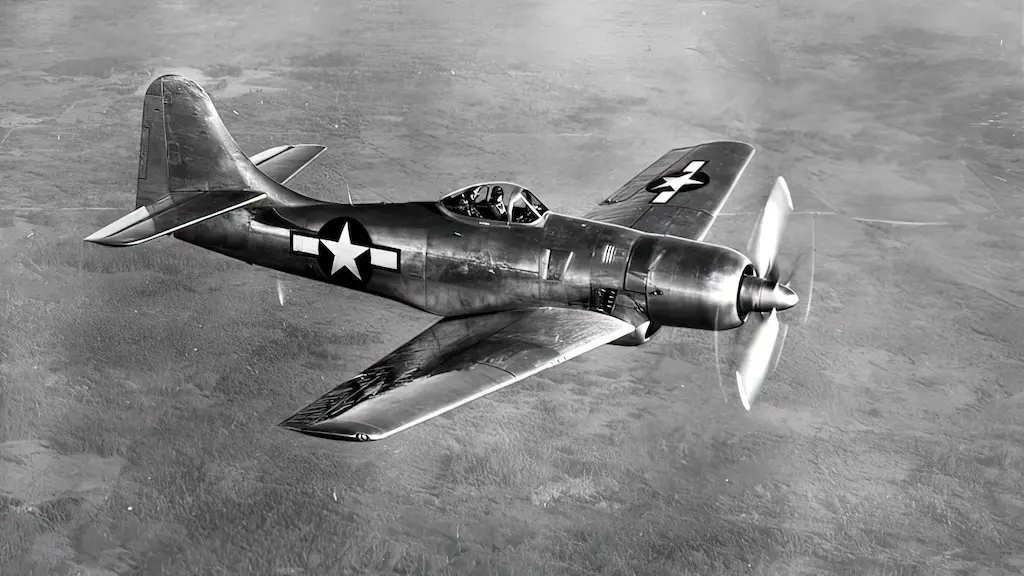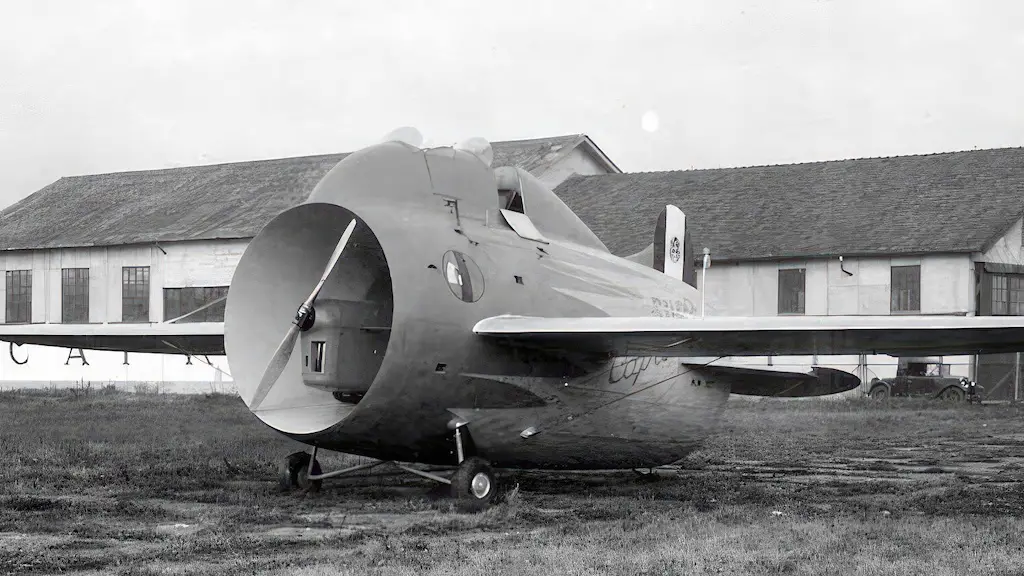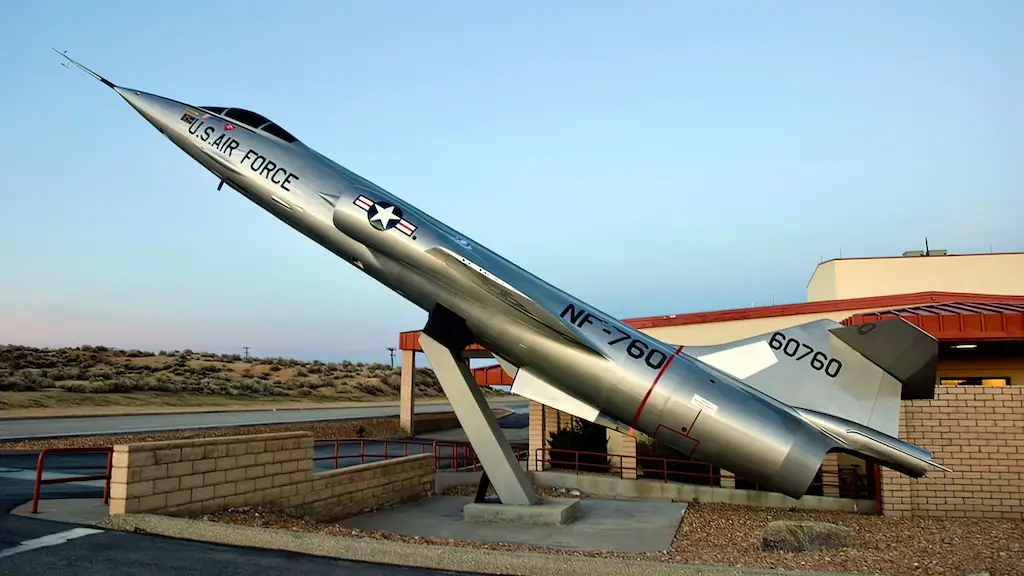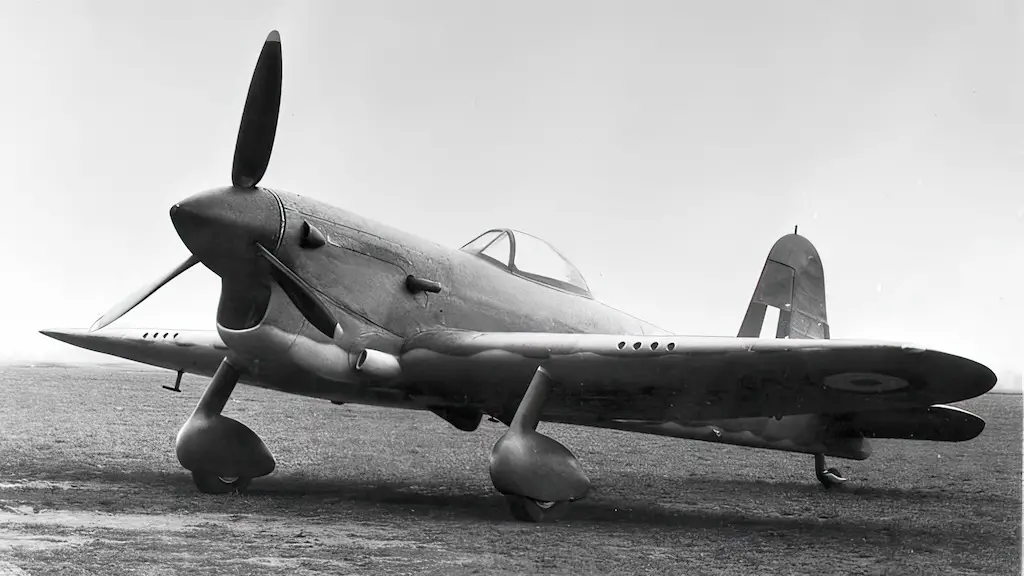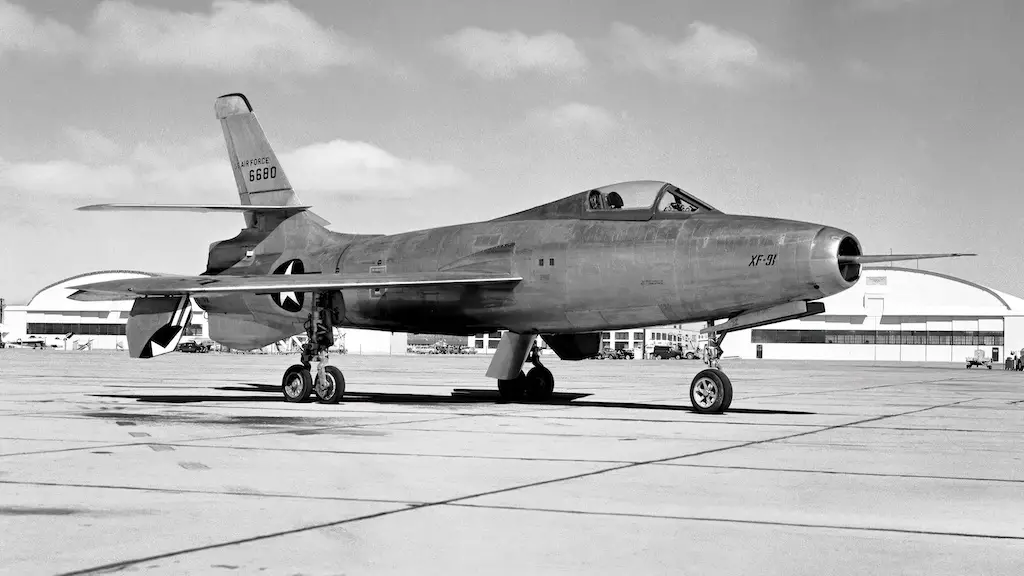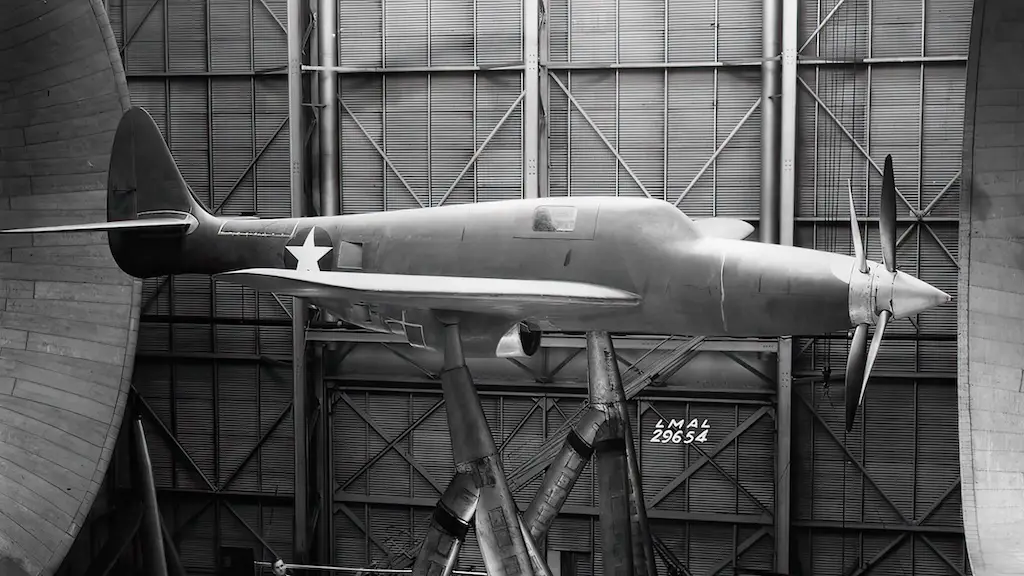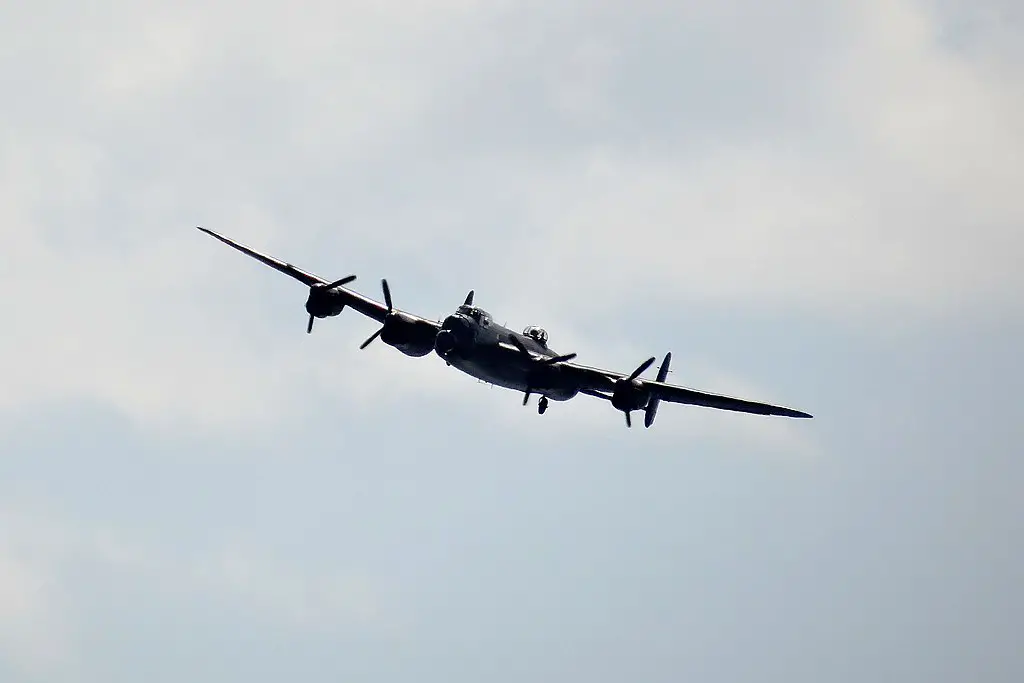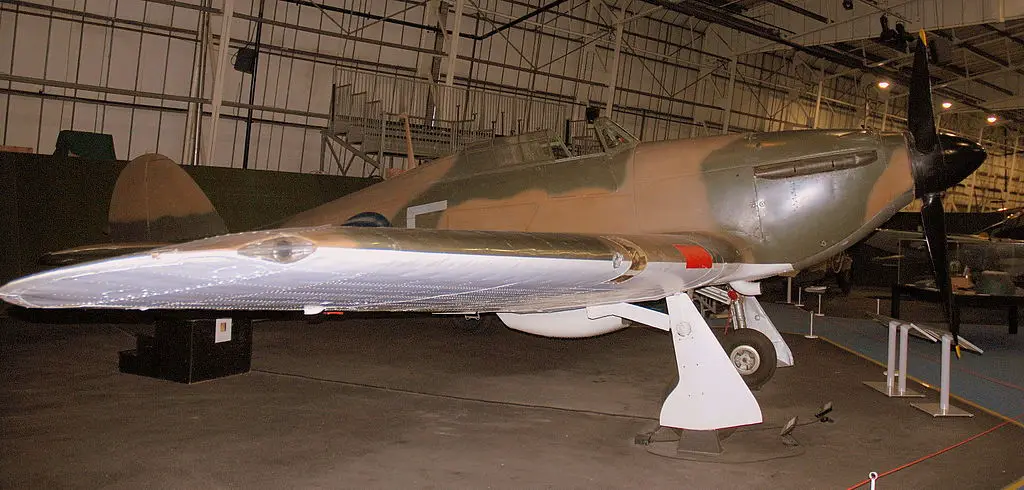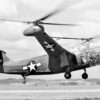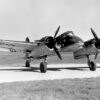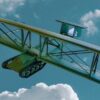Throughout the Second World War Canada was one of the Allies’ key workshops. It produced lots of weapons, ammo, and supplies, including such combat aircraft as Hawker Hurricane and Avro Lancaster. The country’s aircraft industry underwent a dramatic transformation, increasing the output from mere 40 aircraft a year in pre-war years to over 16,000 aircraft annually by 1945.
In the post-war years, that momentum allowed for the creation of Canada’s own aircraft industry, which until then had effectively been just a branch of the British one. Among the best aircraft of that period was CF-105 Arrow, a cutting-edge supersonic interceptor designed by Avro Canada.
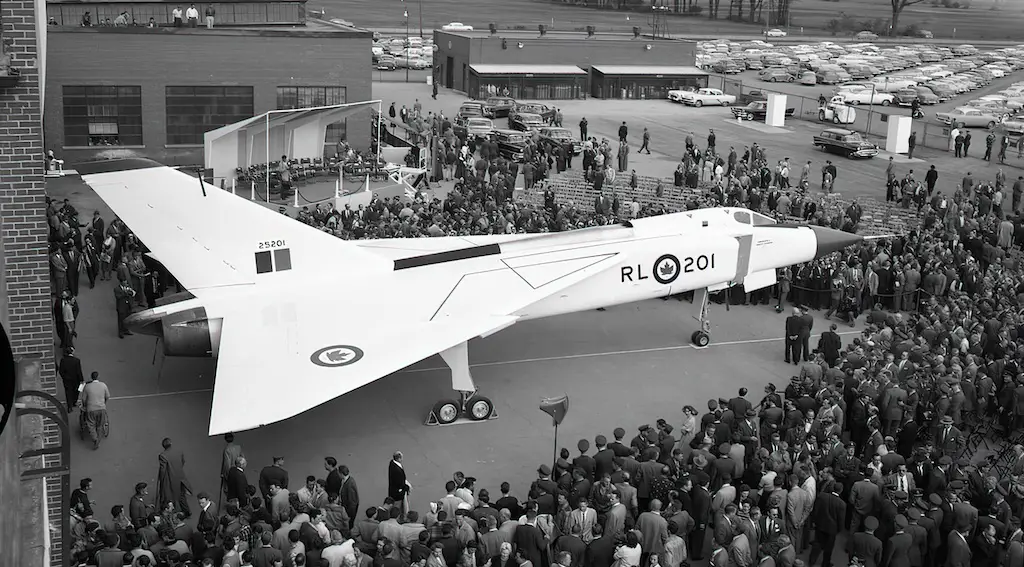
A fast and furious interceptor
The plane conceived in the early 1950s made its maiden flight on March 25, 1958. It was a twin-engine all-weather supersonic interceptor capable of flying close to Mach 2.0. The Arrow featured heavily swept delta wings set high on the fuselage, a sharp needle-nose, and a single large-area vertical fin.
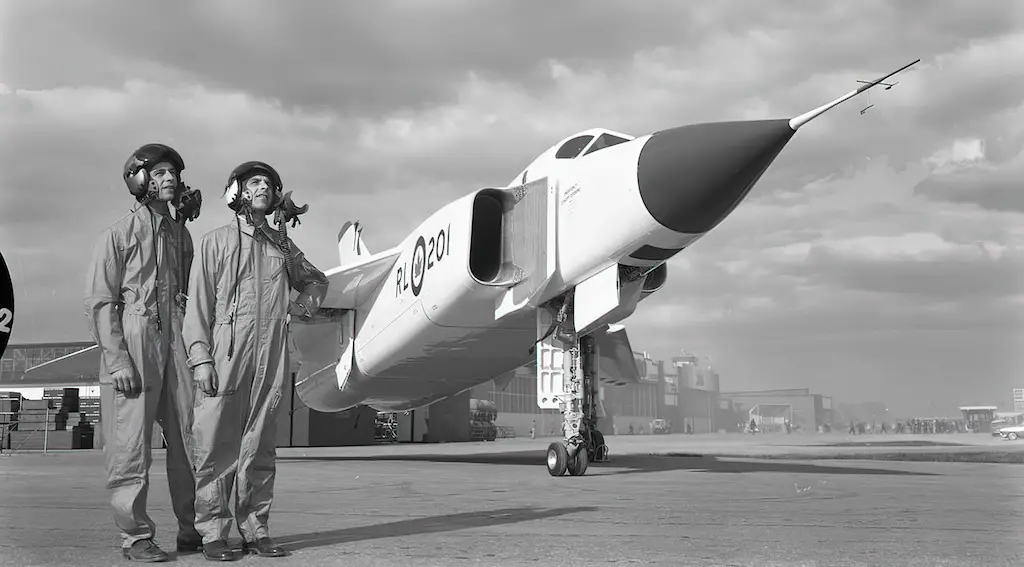
It was quite a big aircraft with a wingspan of 50 ft, length of 77 ft, and a maximum takeoff weight bearing 68,600 lb. CF-105 had a combat radius of 410 miles utilizing only the internal fuel volume. The inceptor’s two-strong crew, a pilot and a radar operator, would have a wide selection of weapons at their disposal, such as AIR-2 Genie air-to-air rockets with nuclear warheads and AIM-7 Sparrow II or AIM-4 Falcon conventional air-to-air missiles.
Spending zillions on defense is a superpower privilege
The Arrow was a very potent and beautiful aircraft. And hugely expensive, too. That last circumstance sealed the plane’s fate. When the Arrow was still in the development and testing stage, awaiting trials by the Canadian military, the current government in Ottawa did the math and came to a conclusion that there was no way Canada could afford to produce such an aircraft.
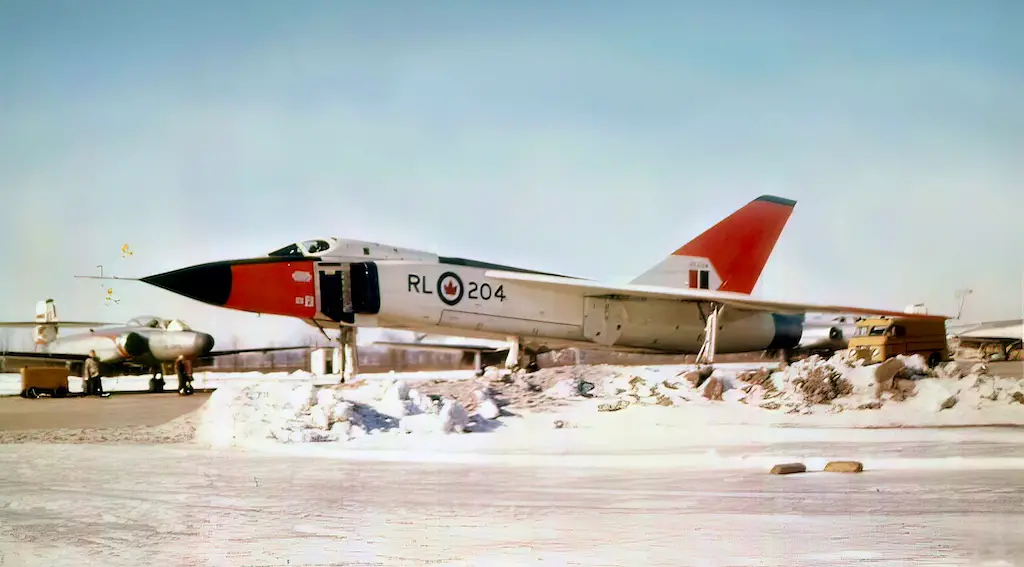
Besides, the logic of the Cold War at that moment was increasingly shifting towards arms race in ICBMs and away from the competition between long-range bombers and interceptors, significantly reducing the need in the latter. On February 20, 1959, less than a year since the Arrow’s first flight, the project was cancelled. That decision, authorized by Prime Minister John Diefenbaker, came as a shock both to the Avro design team and the public, which had followed the program with great interest.
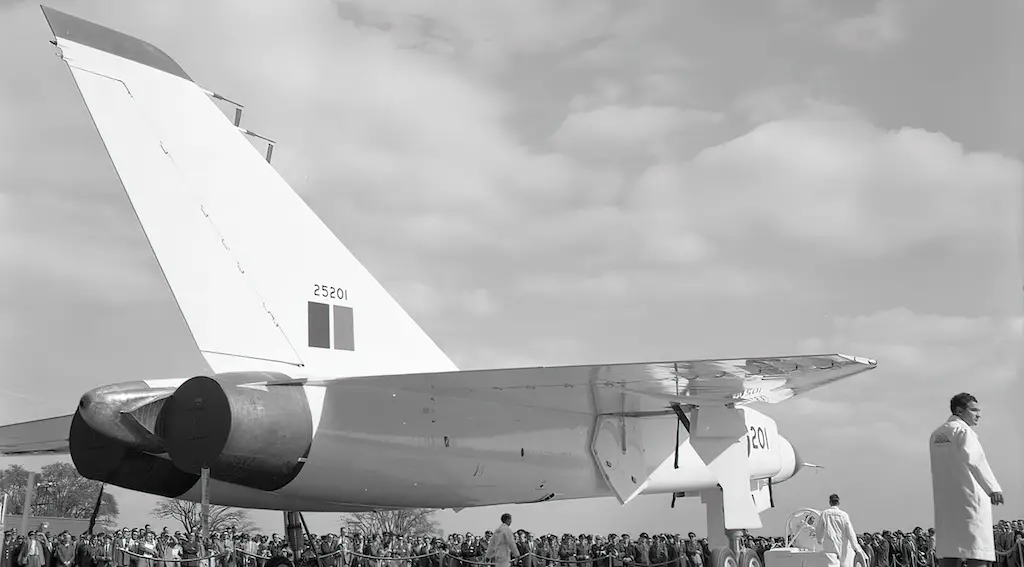
A brain drain to NASA
The shutdown of the Arrow program meant that huge numbers of skilled workers, designers and engineers lost their jobs. But with the perfection of the Arrow serving as an advertisement of their craftsmanship, the very best of them were soon headhunted by the US aerospace industry. In particular, over 30 experts from the Arrow design team went to work in the America’s nascent aeronautical agency, NASA. In the following years they made an immense contribution to NASA’s various projects, including Gemini and Apollo.
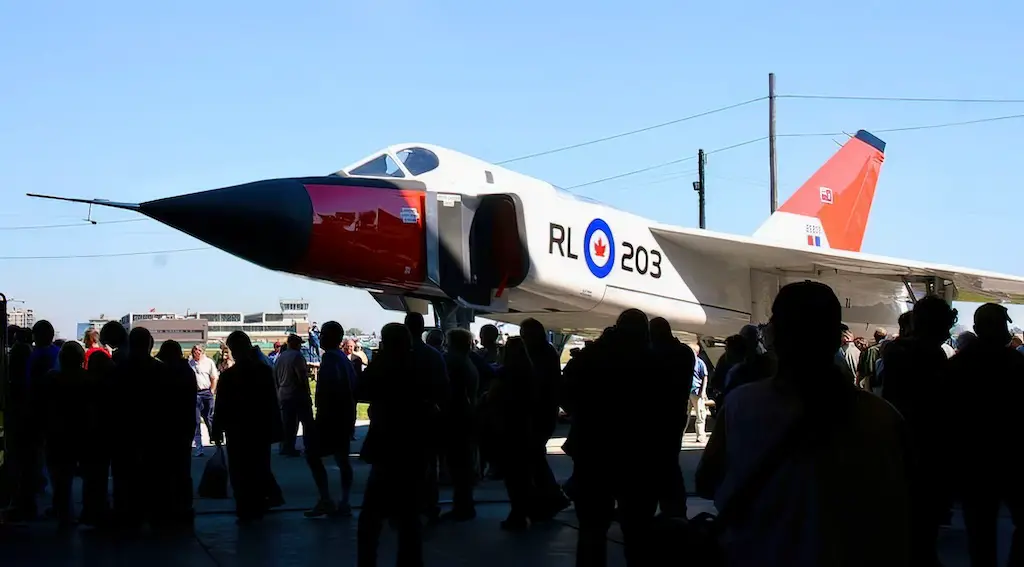
A new national myth
With the program’s closure all five flying prototypes built by the time were sent to the scrapyard. In the case of Arrow that was not just sad, but something of a national tragedy. The Arrow had truly become an object of national pride for Canadians. No wonder that a plethora of myths surrounding the Arrow’s fate have come to life.
One of those has it that one airframe avoided scrapping and was ferried to a friendly country. And it’s not like those stories are completely unsubstantiated. Just several years ago nephew of a senior draftsman from the Arrow project found a pile of CF-105 blueprints in his uncle’s basement after his death. They were supposed to be destroyed decades ago. If they have survived, who knows what else might have?
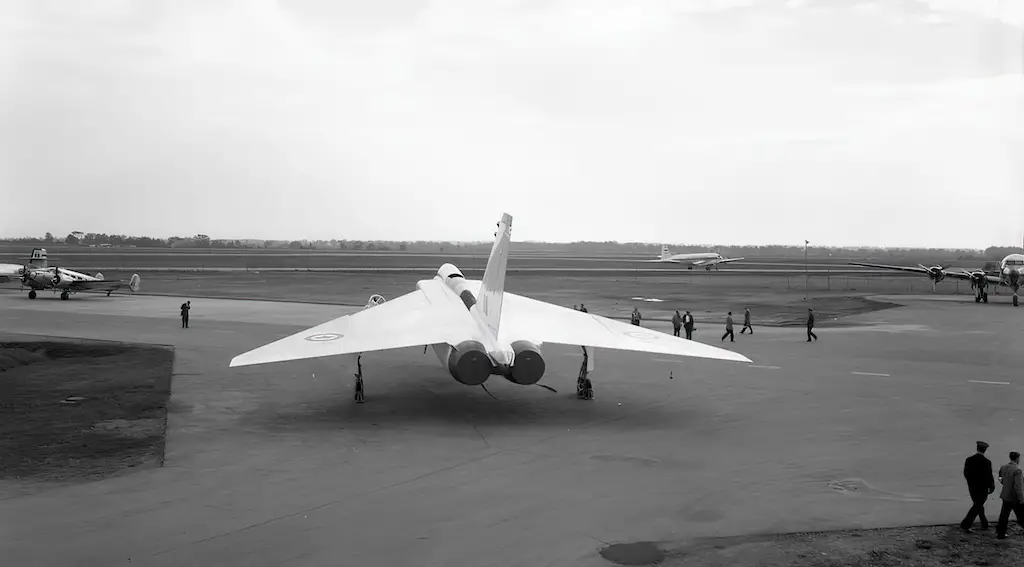
At any rate, certain parts of the scrapped airframes, among them a whole nose section of a CF-105, are on display in the Canada Aviation and Space Museum. The Arrow also exists in lots of scale models and a couple of full-scale replicas. And the Avro Museum in Calgary is building a 2/3 scale flying piloted replica of the legendary Canadian jet fighter.

